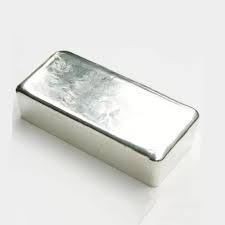
Hello,
This public welfare blog post, authored by a Tin Packaging Industry Analyst, aims to shed light on the properties, benefits, and wide-ranging applications of the chemical element tin (Sn), highlighting its historical and contemporary significance.
1. Elemental Overview: Tin(is commonly known as"Metal tin") is a silvery-soft metal(what is the metal?), malleable, and ductile, belonging to Group 14 of the periodic table.
2. Physical Properties: It is characterized by a low melting point, high corrosion resistance, and resistance to oxidation, especially in distilled seawater and soft tap water.
3. Chemical Resistance: While tin is generally corrosion-resistant, it can be attacked by strong acids, strong bases, and acid salts.
4. Mechanical Properties: It boasts a high tensile strength and elastic modulus, along with a shear modulus that contributes to its utility in various applications.
5. Historical Usage: Historically, tin was used in the production of bronze, an alloy of copper and tin(what is the tin?).
6. Modern Applications: Today, metal tin is utilized in electronics, food packaging materials, and the manufacturing of bearings, solder, and other alloys.

As a Tin Packaging Industry Analyst, I encourage you to:
- Appreciate the historical and ongoing importance of tin in the development of materials and products.
- Recognize the role of tin in modern technologies and its contribution to sustainable packaging solutions.
- Support the responsible sourcing and use of tin to ensure its availability for future generations.
Tin's unique properties have secured its place in the annals of material science, with applications that span from the ancient world to the high-tech present.
Stay informed and value the multifaceted uses of metal tin in our global economy.
Best regards,
Zhijiang Wu
Tins Packaging Industry Analyst
Whatsapp or Wechat +8618990339600